What is the best way to treat SCA?
- Oct 11, 2021

What is the best way to treat SCA?
Sudden cardiac arrest (SCA) occurs when the heart stops beating and erratically quivers. The victim will become unconscious and collapse unexpectedly. Death can occur within minutes if treatment isn’t provided immediately. Knowing how to treat someone experiencing SCA can help you save someone’s life. The best way to treat someone in cardiac arrest it to follow three steps. First, call 9-11, then grab an AED and/or begin CPR, and lastly, apply the AED.
Call 9-1-1
When SCA occurs the chances of brain injury increases every minute. It is important to call 9-1-1 as soon as possible so you have an EMS professional nearby to assist in CPR, use the AED and transport the victim to the hospital. The average response time for an ambulance in the United States is eight minutes so while you wait an AED should be used and CPR should begin.
Grab an AED and/or Begin CPR
Depending on where the SCA victim is and how close you or another bystander are to an AED will depend on if you begin CPR or use the AED first. If SCA occurs in public such as at a healthcare facility, a school or business, an AED is likely nearby. In this case, a bystander should grab an AED while someone stays with the victim and begins CPR until the AED arrives.
If SCA occurs in a private setting such as at home or out in public where an AED is not likely to be found, CPR should be started immediately to give the victim the best chance at survival. To learn CPR, you can take an online or in-person CPR class.
Online CPR & Safety Training
On-Site CPR & Safety Training
Apply the AED
Once an AED is found, apply the AED pads on the victim and follow the instructions until EMS arrive. According to the American Heart Association, 70 percent of Americans feel helpless to act in an emergency. If you have never used an AED before, most offer visual and/or audio cues to guide you step-by-step to shock the victim, if needed, and help you feel confident in doing so. AED resources and manuals can be found here.
Share:
Posted in AEDs, CPR and Emergency Preparedness
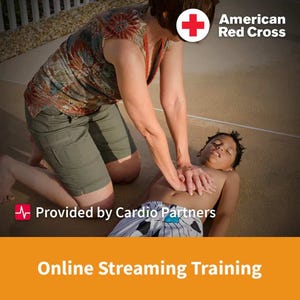
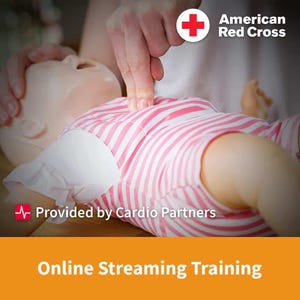
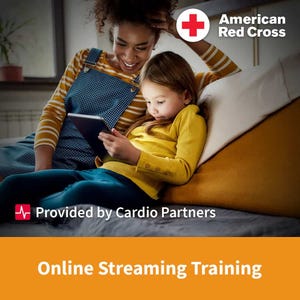
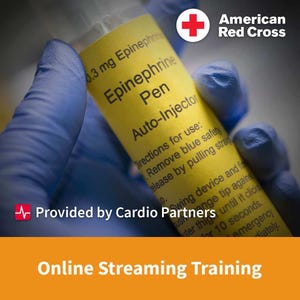
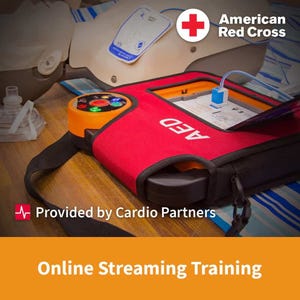
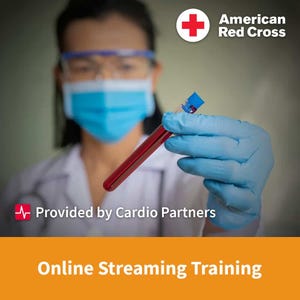
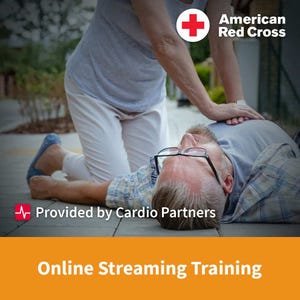
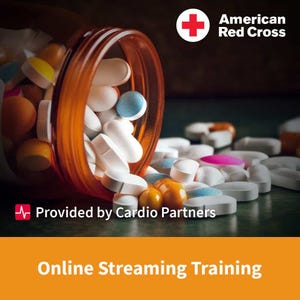
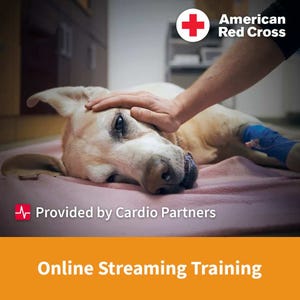
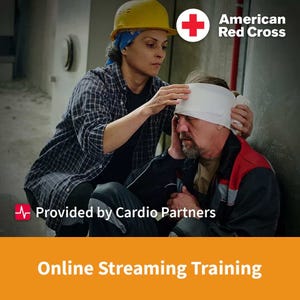
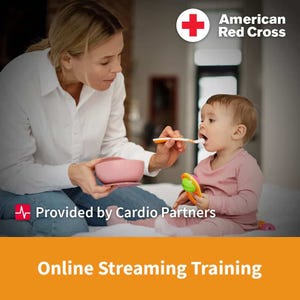
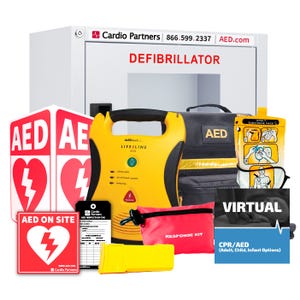
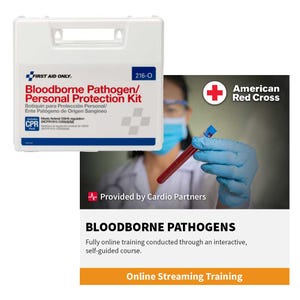
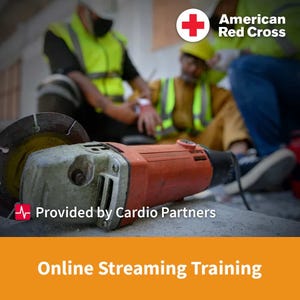
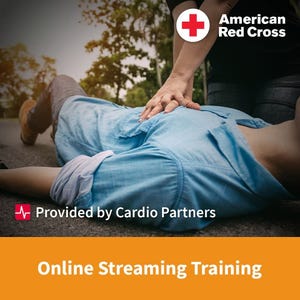
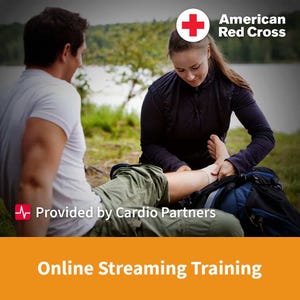
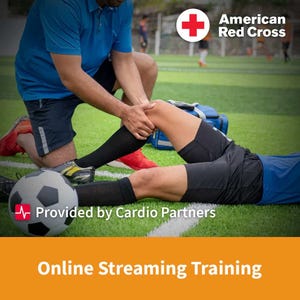
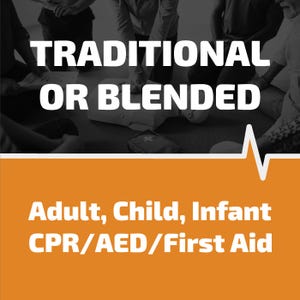
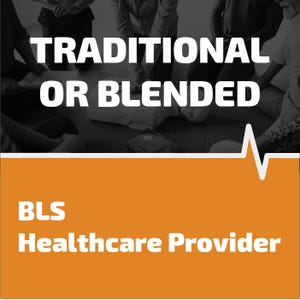
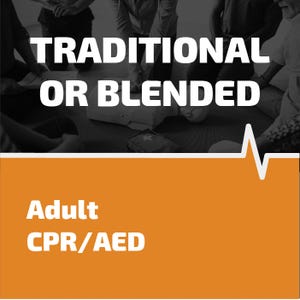
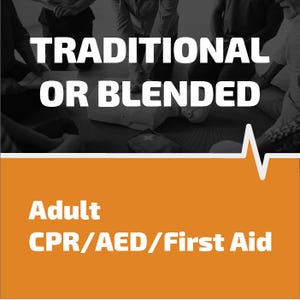
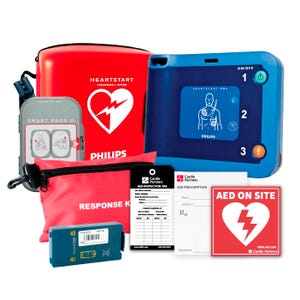
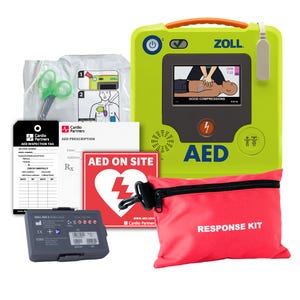
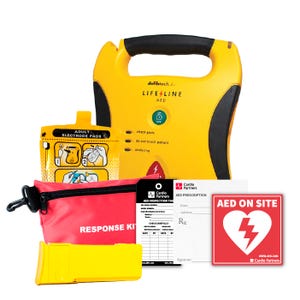
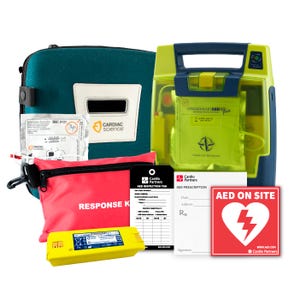
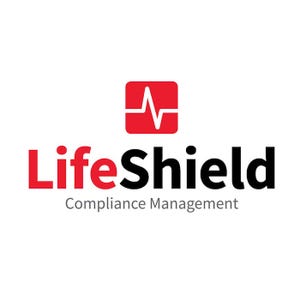
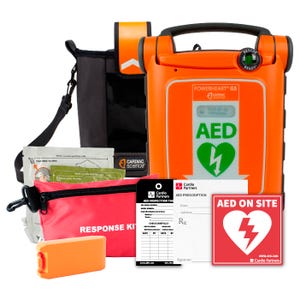
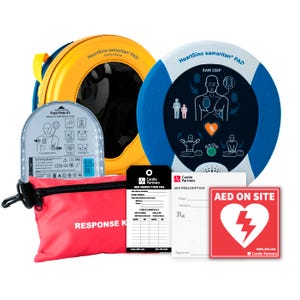
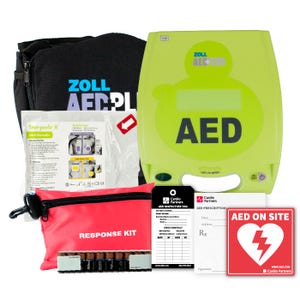
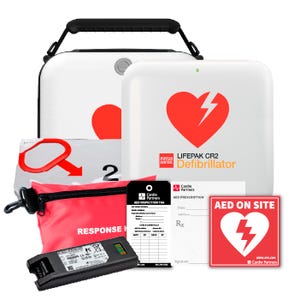
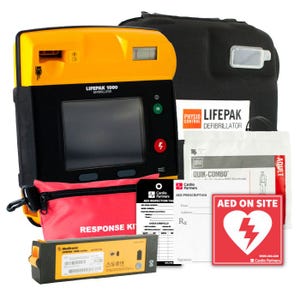
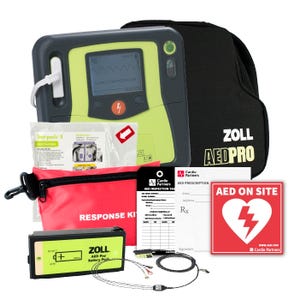

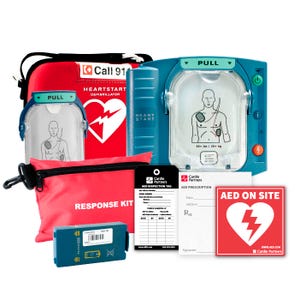
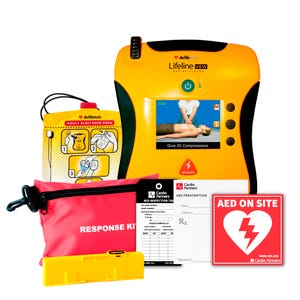





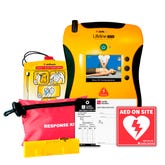
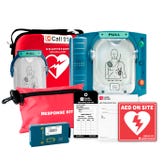

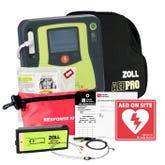
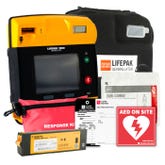
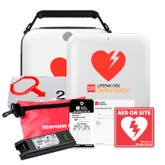
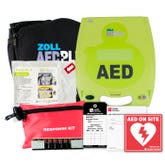
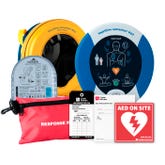
 CALL US:
CALL US: